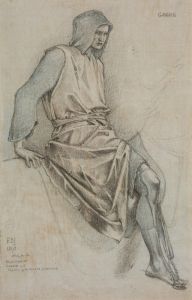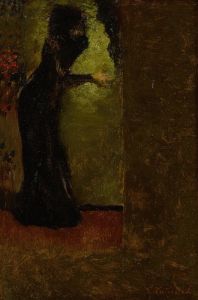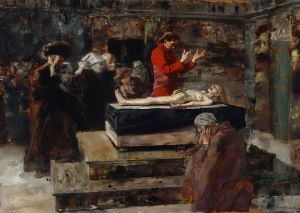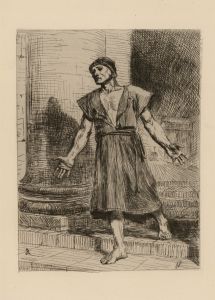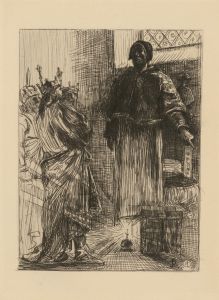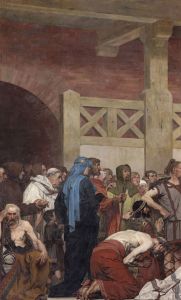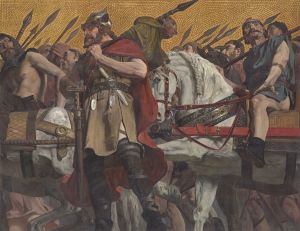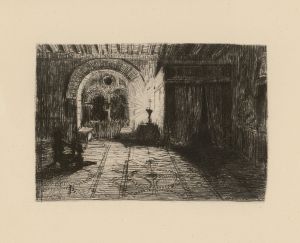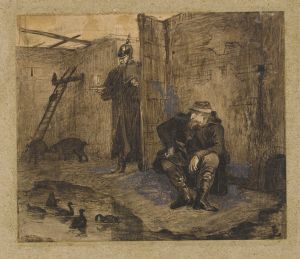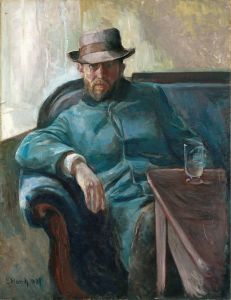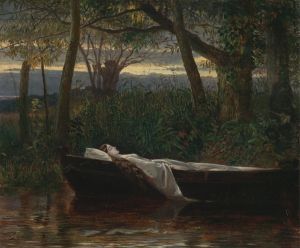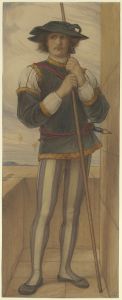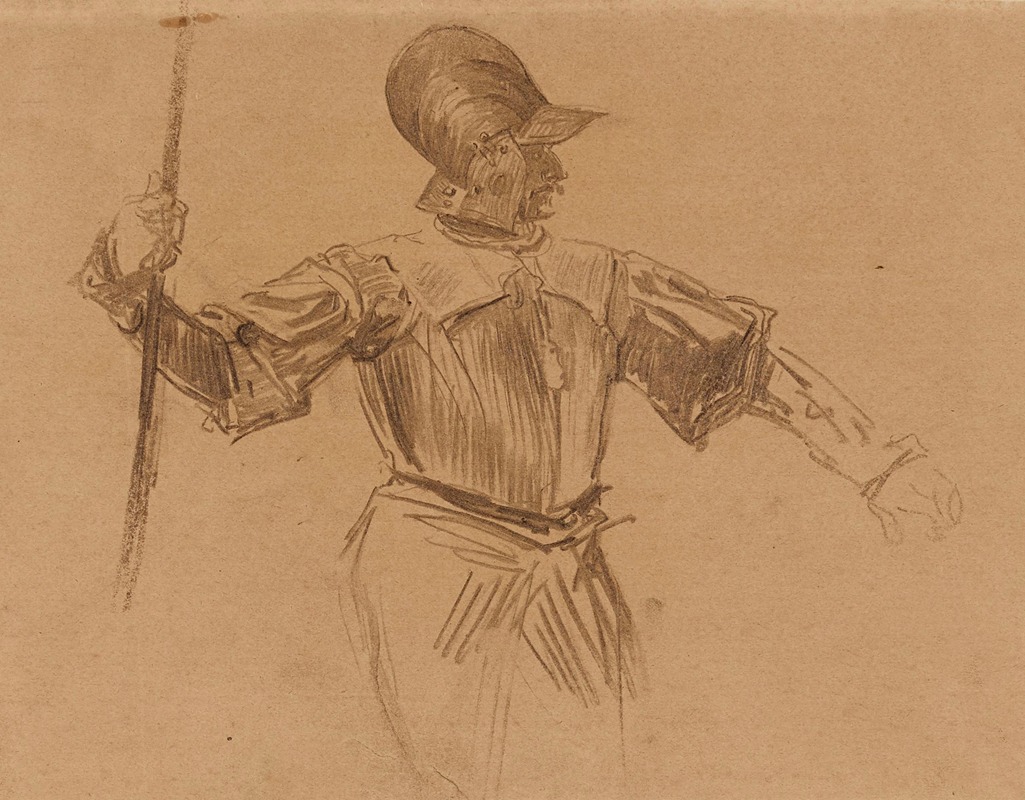
Chevalier
A hand-painted replica of Jean-Paul Laurens’s masterpiece Chevalier, meticulously crafted by professional artists to capture the true essence of the original. Each piece is created with museum-quality canvas and rare mineral pigments, carefully painted by experienced artists with delicate brushstrokes and rich, layered colors to perfectly recreate the texture of the original artwork. Unlike machine-printed reproductions, this hand-painted version brings the painting to life, infused with the artist’s emotions and skill in every stroke. Whether for personal collection or home decoration, it instantly elevates the artistic atmosphere of any space.
Jean-Paul Laurens was a prominent French painter and sculptor known for his historical and religious scenes. He was born on March 28, 1838, in Fourquevaux, France, and became one of the leading figures of the academic art movement in the late 19th century. Laurens was particularly noted for his meticulous attention to historical detail and his ability to convey dramatic narratives through his art.
One of Laurens' works is titled "Chevalier," which translates to "Knight" in English. This painting reflects Laurens' interest in historical themes and his skill in depicting the medieval period. While specific details about the painting "Chevalier" are limited, it is consistent with Laurens' broader body of work, which often focused on historical figures and events, capturing the essence of the time with great accuracy and emotional depth.
Laurens was a student of Léon Cogniet and Alexandre Bida, and he honed his skills at the École des Beaux-Arts in Paris. His career was marked by a series of successful exhibitions at the Paris Salon, where he gained recognition for his ability to portray historical subjects with a sense of authenticity and drama. Laurens' works often depicted scenes from the Middle Ages, the Renaissance, and other significant periods in European history.
In addition to his paintings, Laurens was also a respected teacher. He taught at the Académie Julian and the École des Beaux-Arts, where he influenced a generation of artists. His emphasis on historical accuracy and narrative storytelling left a lasting impact on his students and the art world.
Laurens' dedication to historical subjects was not merely an artistic choice but also a reflection of the broader cultural and intellectual currents of his time. The 19th century was a period of intense interest in history and archaeology, and Laurens' work resonated with the public's fascination with the past. His paintings often served as visual narratives that brought historical events and figures to life, allowing viewers to engage with history in a tangible way.
Throughout his career, Laurens received numerous accolades for his contributions to art. He was awarded the Legion of Honor, one of France's highest honors, in recognition of his artistic achievements. Laurens continued to produce significant works until his death on March 23, 1921, in Paris.
While specific information about the painting "Chevalier" is scarce, it can be appreciated within the context of Jean-Paul Laurens' broader oeuvre, which is characterized by a commitment to historical accuracy, dramatic storytelling, and a deep engagement with the cultural and historical themes of his time. Laurens remains an important figure in the history of French art, and his works continue to be studied and admired for their technical skill and historical insight.





